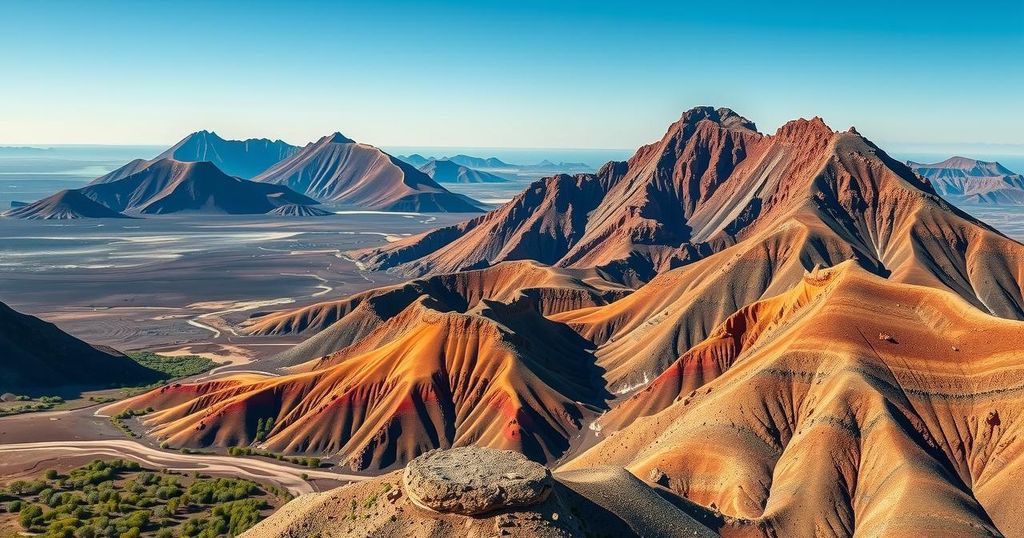Understanding Ethiopia’s Seismic and Volcanic Activity: Insights from a Geologist
This article discusses the geological factors contributing to earthquakes and volcanoes in Ethiopia, particularly in the East African Rift Valley. Geologist Gemechu Bedassa Teferi explains the historical and present seismic activity linked to rising molten rock. Recent earthquakes have caused damage, prompting calls for improved monitoring and community preparedness to mitigate future risks.
Ethiopia’s seismic and volcanic activities stem from a geological process that has been underway for millions of years. The region is characterized by the East African Rift Valley, a tectonic boundary undergoing complex shifts. Geologist Gemechu Bedassa Teferi, who focuses on the volcanic activity in the Main Ethiopian Rift, elaborates on the mechanisms behind these natural phenomena.
Historically, the fragmentation of continents millions of years ago generated the Red Sea and Gulf of Aden. Locally, a significant rift formed about 11 million years ago deep beneath the Afar Depression. Beneath the earth’s surface is the mantle—a hot and semi-solid layer actively contributing to geological activities, including volcanic eruptions when molten rock escapes through the crust’s weak spots.
As the molten rock rises, it initiates a rifting process, causing gaps in the crust that can produce seismic activity. The friction from the movement leads to the sudden release of energy, manifested as earthquakes. The Afar region is noted as one of the most tectonically active regions globally, with recent events in Fentale showcasing molten material transitioning to the surface.
In fact, over 200 earthquakes in the region have recently surpassed a magnitude of 4, with the strongest earthquake recorded at 6 on the Richter scale. These earthquakes have resulted in numerous structural damages throughout the region, including in Addis Ababa, located approximately 190 km from the quake’s epicenter.
The most powerful earthquake in Ethiopia since 1900 occurred in 1989, registering 6.5 on the Richter scale. The last volcanic eruption in Fentale took place in 1820. Historically, seismic activity often serves as a precursor to potential volcanic eruptions, raising concerns.
Current research utilizing satellite radar images indicates that seismic activities in Fentale relate to hot molten rock rising from about 10 km beneath the surface. Several outcomes are possible, depending on the molten material’s temperature, viscosity, and the strength of surrounding geological formations.
The potential scenarios include the cooling of the molten rock into solidified material, volcanic eruptions caused by pressure, or lateral propagation leading to significant eruptions. Various other geological factors may also influence these outcomes.
To enhance prediction and mitigation of future hazards, scientists advocate for improved monitoring techniques such as volcanic gas measurements, on-site GPS data collection, and comprehensive geophysical studies. Collaborative efforts between scientists and government officials are crucial to improving communication and preparedness strategies for at-risk communities.
In conclusion, Ethiopia’s earthquakes and volcanic activity are significant geological occurrences driven by the dynamic processes within the Earth’s crust and mantle. Understanding these processes is essential for risk reduction and community safety. Enhanced monitoring and collaborative efforts among experts and authorities are critical to addressing the challenges posed by these natural phenomena.
Original Source: www.downtoearth.org.in




Post Comment